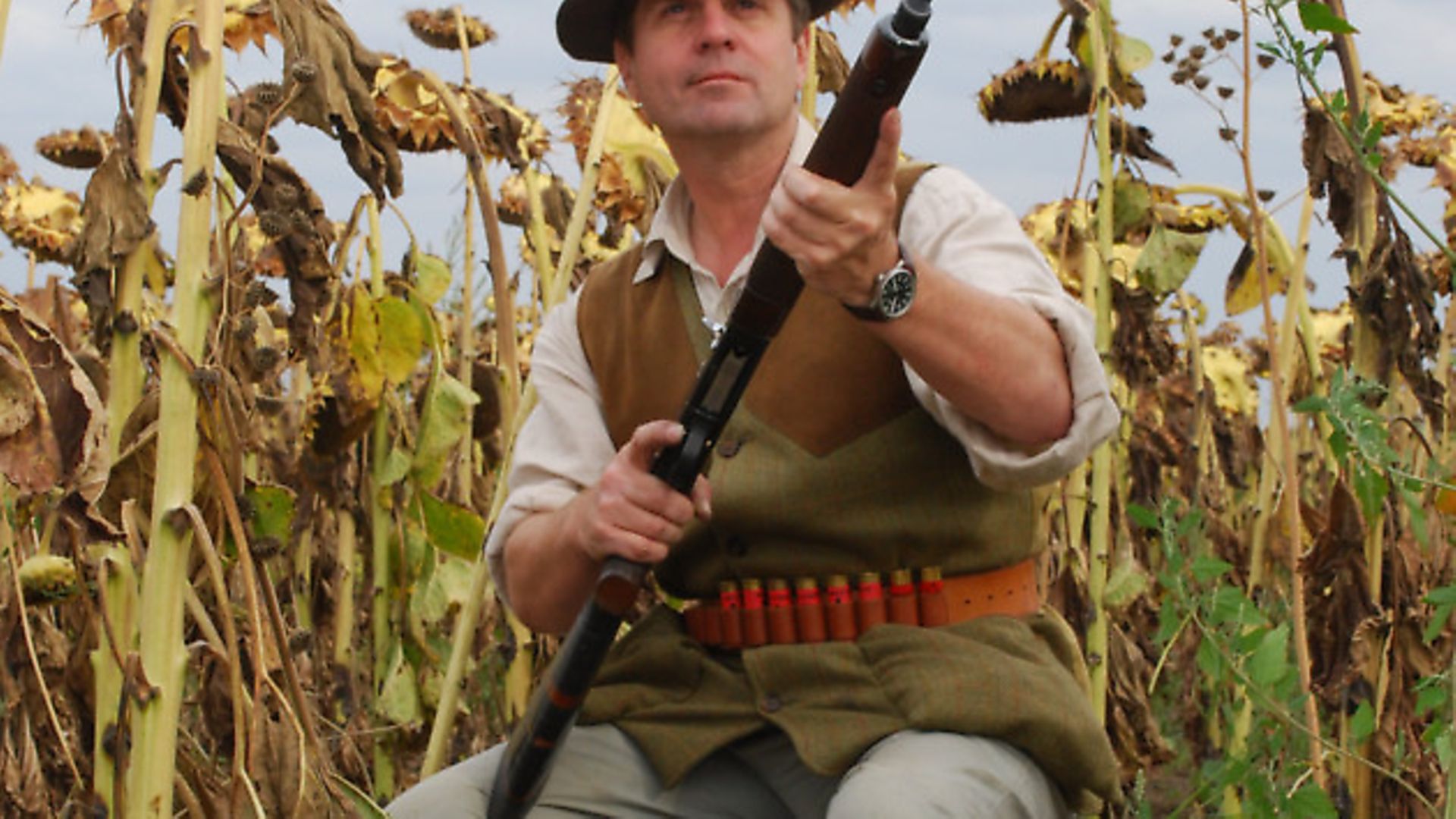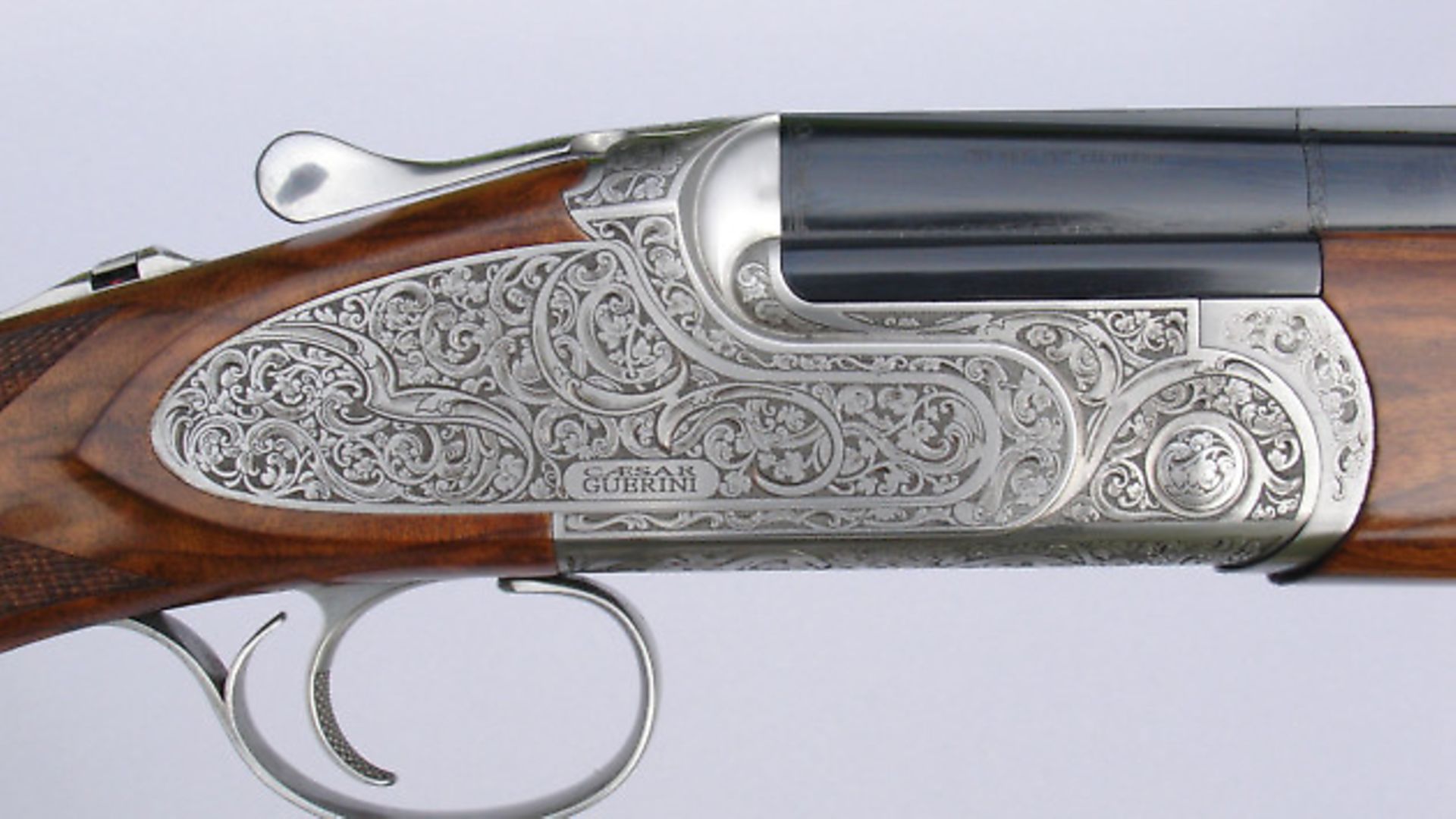12 or 20? Long-barrelled or short? Semi or double? Mike looks at what options are best for tackling the peerless pigeon...
 credit: Archant
credit: Archant
I think you could well argue that there is no bird more exciting to shoot, and certainly no more challenging and intelligent a quarry, than Columba palumbus – the wonderful woodie. Shooting periodicals are full of suggestions about how to set yourself up for a great day with regard to laying out your decoys, etc. or actually taking shots (of which pigeon shooting offers an enormous variety). But only rarely, if indeed ever, do you see advice on what sort of guns might best suit pigeon shooting.
Semi?
What do I shoot with? Well, it is well known that I am fond of semi-automatics. I have put, literally, hundreds of thousands of rounds through my gas-operated semi-auto Beretta 303s. I favour a 32” barrel usually, but occasionally will change to a lighter 30” tube when action is likely to be fast and furious. The Long Tom barrel, when fitted, tends to slow and smooth things down, which – generally speaking – I have found to be an advantage. Staying in the flow is all-important with any shotgun shooting. Head down, follow through, keep swinging...focus locked on all the time. The 303s are available very reasonably if you look around, but the later 391 is also excellent, as is the current Browning Maxus and old Remy 1100s and 11-87s.
 credit: Archant
credit: Archant
Gas guns of most sorts also, typically, have the benefit of low felt recoil (at least if they are well conceived) and three shots, if held on a shotgun certificate. This is a great benefit when in a hide – notably when you take shots sitting and your body may not be able to ‘roll with the punch’ to the same extent as when you are standing. That said, Benelli-type guns operating on the inertia principle can also be great pigeon guns. I am especially fond of the earlier type Benelli action (also used by other makers such as Beretta and Breda on occasion). The inertia guns are strong, and they are much simpler to clean (not having a gas collar or piston as part of their operating mechanism).
Or double?
Of course, some may favour a double. My chum Will Garfit – as good and as experienced a pigeon shot as any will encounter – used a pair of long-barrelled Beesley’s for years, but I convinced him of the merits of the KM4 Kemen 32s some years back. He now uses pairs of both with great aplomb. The side-by-sides have the advantage of gape – and therefore rapid loading – but the over-and-unders, in my opinion, control recoil better and may make the application of forward allowance at range easier. It is notable that Will, like me, favours quite heavy guns.
Small packages
There is another approach: those into guerrilla tactics may prefer a lighter, and/or shorter gun. It is easy to carry and may also be handier in a hide. The law allows you to go down to 24” barrels, assuming your gun is held on a shotgun certificate. I am not a great exponent of ‘stumpers’, though. I tend to think they may encourage a poking style and they may also increase muzzle-blast (a bigger consideration in a hide than elsewhere). I would not normally advise going under 28”, although I know there are still enthusiasts for Robert Churchill’s XXV-style guns, and they are often acquired at bargain prices today.
Although short barrels are not my thing, I am, however, an advocate of small bores. I have a 30” EELL Beretta, which is a superb pigeon gun. I also shoot 32” 20-bores at both pigeon and game. My guns are quite heavy, as discussed – most a bit over the 7lb mark – and I use both Brownings and Guerinis. The latest English model, Browning 725 20-bore 32” makes a near ideal pigeon gun. Smaller bores also have the advantage that ammo may not take up as much space. There is not much weight saving for me with regard to smaller bore fodder, though, as I tend to use heavier payloads; no.5 shot is my favourite. In a 28-bore, I would opt for 28g; in a 20, 30 or 32g; and in a 12, 32g routinely.
Bag a bargain
Another option would be for a 20-bore semi and I have found few better recently than the 30” Beretta 400. If your budget does not stretch that far, don’t despair. There are some wonderful bargains to be had whether you favour repeating or double guns. Side-by-sides offer particular opportunity at the moment to the pigeon shooter on a budget. You can buy decent Spanish sidelocks for a few hundred pounds; boxlocks may be had for £100 or less sometimes.
There are also tremendous bargains to be had with the over-and-unders if you do a bit of looking. Less than trendy, older, Spanish, Italian, and, indeed, Russian over-and-unders may go for a quarter or less of the price of a new base model from one of the big brands. You don’t have to scrape the barrel either – I saw a superficially marked but good Miroku 28” gun the other day for £300, which would have been ideal (though with older Mirokus and Brownings check that barrels are tight on the action face and allow for cost of repair if they are not). New guns are great value at the moment as well. You simply can’t go wrong with a 30” Silver Pigeon or Browning 525 in 12-bore. I say 30” because you will then have a gun which you might use equally well for clays as pigeon (older guns, you will find, tend to have shorter barrels).
Something different
Another sort of gun which offers pigeon shooting potential is a Skeet gun. I tend to prefer to shoot tight chokes in my doubles (I would probably go for ¼ and ½), and an even tighter choke in my repeaters (usually light full). But, guns with Tula or retro chokes can do sterling work in a pigeon hide and will reach out further than you may think. What about pressing your sporter into service? No problem at all, and it is worth making the point that pigeons in straight and level flight fly at about the same speed as standard clays (about 50mph). So, if you have a designated sporter, you will have a good pigeon gun, too. Even Trap guns are an option, though my advice would be for something with a lower comb and without too sticky a pad.
Generally, I have found that a gun with a slightly shorter stock may be beneficial and facilitates shots taken sitting (an excessively front-heavy balance may also impede shooting when sitting). So, if one gun is going to fulfil all your needs, it might be useful to have a ¼”, removable spacer fitted under the pad or butt sole. Use that for summer clays, but remove it for pigeons or game shooting in a thicker winter coat.